I’ve had a lot of questions and comments about Annie Sloan Chalk Paint, so I thought I’d take a few minutes to explain the pros and the cons of ASCP in a short post (well, kind of a short post).

Basically, everyone wants to know what is so great about Annie Sloan Chalk Paint and what is all the fuss about?

Is ASCP the right product for your project?


Here’s what I’ve experienced with the paint so far:
Pros:
It’s water-based. The fact that this paint is water based makes clean-up super easy. In addition, I find that if I make a mistake, it’s very forgiving. It wipes up like a dream. Like drops on the floor for example, wipe up with no problems at all.
And, because it wipes up so easily, if you decide to be lazy (like I can be sometimes) you can leave all your hardware on a piece and paint around it or over it. If you accidentally get it somewhere you don’t want it — just wipe it off no problem!
No prepping required. This probably my very favorite part about the paint. You don’t have to sand your piece before you use it. For lazy painters like me, this is a dream come true. No priming either! Yea!!
Good coverage. The paint covers really well. Especially the darker colors. I did notice with my Old White, that two coats were better than one, but really, the coverage is excellent!
Unique colors. The colors in the ASCP line are really great. Really pretty, vintage-y (I know it’s not a word) and unique. Love them! But, if you want to experiment a little more, you can mix them to come up with something else unique. I did that with this tin pail. I mixed Old Violet and Aubusson blue together and absolutely LOVE this blue.

Depth of Color and Appearance. ASCP gives you a different and richer look than latex. This is especially true when you sand and scuff up the paint and wax. And, by the way, I definitely recommend using the ASCP wax with this paint.

On the china hutch above, I used 2-3 coats of wax and I sanded in between coats. It gave me this really beautiful, rich depth that I absolutely love. And, by the way, the wax hardens completely after a few days and gives a very nice durable finish. I like ASCP wax better than Minwax paste wax. No contest.
Low VOCs. There is very little paint odor from this paint — I mean, hardly any at all.
Flexibility. There seems to be a lot of flexibility with this paint to achieve different looks that you like. I have only scratched the surface and haven’t even begun to explore all the possibilities of ASCP, but I definitely really like this paint – a lot! If you’re looking for a paint that will give your pieces a time-worn, rich appearance, this is the paint for you!
For different looks you can add water, leave the can open and thicken it up, or mix it with other colors. You can even mix it into the wax!
If you’re interested in more information, click here to find out what the Annie Sloan website says about the benefits of their paint.
You can also find a retailer near you or an online resource if you’re interested in purchasing some.
Cons:
The cost. The number one strike against buying Annie Sloan Chalk Paint is the price. It is not cheap. A small can (about a quart) will run you around $35-$40 depending on where you buy it. In addition, the wax will cost you an extra $28-$30. But, I will tell you that I have found the coverage to be excellent. I only used a sample size on my coffee table, for example.

I purchased the samples I’ve gotten at the same ASCP retailer where I bought the larger cans. It’s still a little pricey at $10-$15 per sample, but if you only need a little, it’s a much better price!
Availability. Retailers are not always nearby and you might have to buy online. Not a big deal, but if you’re like me and don’t like to pay shipping on something that’s already a little pricey, having to order online can be a con.
Do you need to buy all the extras — the expensive brushes, the wax, etc.? Not necessarily. I have yet to use any of the ASCP brushes, but during a few of my projects I have seen where the size and shape of the brushes would really be handy. I also think the bristle-type would lend themselves well to creating more texture and depth to a piece.
But, if you’re just getting started, like me, you don’t need to make the investment. To make one of my pieces look older, I wanted more visible brush strokes, so I used and inexpensive chip brush from Lowe’s and it gave me the look I was after.
So, where wouldn’t you use ASCP? Since my first adventure with the paint, I haven’t used it exclusively. I still use latex and spray paint for projects. I have also dabbled in milk paint.
So, it really depends on the look I’m after. If I want a smooth, shiny appearance, I use latex or spray paint. I have used those two types of paint exclusively for my daughter’s room update because she wants everything more modern and sleek looking. And, I can still use latex for antiquing-type projects. A lot of times it will just boil down to cost and availability.
There you have it — my take on the pros and cons of using Annie Sloan Chalk Paint. I hope that helps for all of you who are thinking about giving it a try!
Thanks for reading!
**I am not a paid spokesperson for Annie Sloan Chalk Paint. I simply love their product and decided to blog about it!







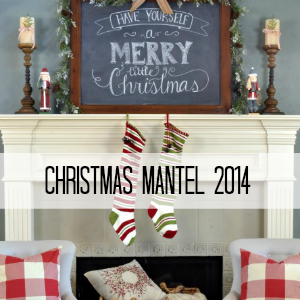


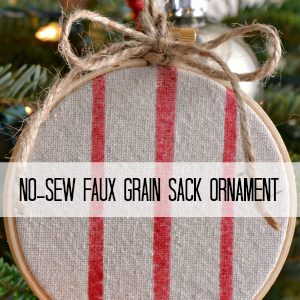
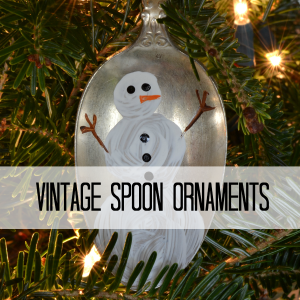
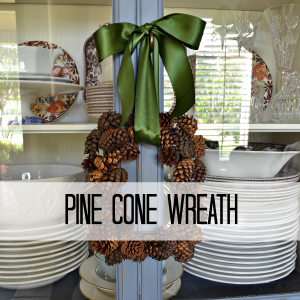

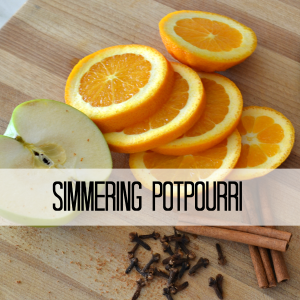
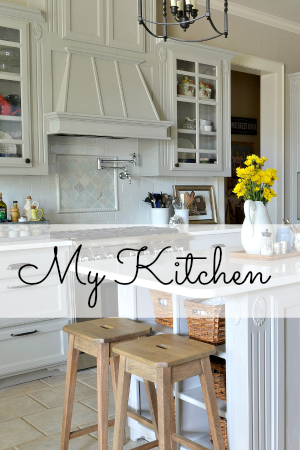
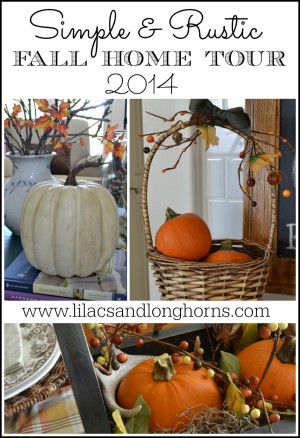


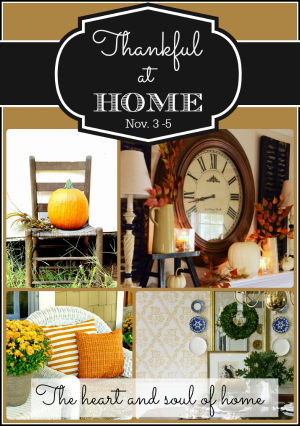





Great review! Thank you!!!
This is exactly what I needed ~ a real life review with pros and cons. I am about to dive into a project and wasn’t sure if I wanted to go with Annie Sloan since I’ve never used it and it is on the costly side of paints.
Jo
Thanks for your pros and cons of ASCP. I also use it and love it….for various reasons. And I still use other products as well. Sure wish it didn’t cost so much tho. Thanks for sharing.
Thanks for sharing.
I love it…so easy to work with!
Hi,
I am just experimenting using ASCP and am having a few ‘technical’ problems. I am using Old white to paint some pine furniture. Although the paint covers the furniture well I am finding that the knots seem to bleed through the paint even through two thick coats. Well I assume it is the knots as it mostly shows up as a few roundish, darkish gray stains that can only be seen in certain light (so it isn’t always noticeable). There are also a few random ‘strokes’ of darkish gray stains (again only really visible under certain lighting). It has happened on both pieces of furniture I have tried so far.
Any thoughts?
Regards Chris Swaap
Hi Chris,
The more I’ve used ASCP, the more I’ve discovered that the lightest colors have a harder time covering stained woods. I’ve heard that many people use primer before painting with ASCP when they use white over stained pieces. You might want to prime right over your piece and give it a final coat of your Old White — I’ll bet that will take care of your problem. You might also want to ask to join the Annie Sloan Projects Before/After group on Facebook. It’s a group where people post their projects, ask questions and get advice from others using ASCP. I’ve seen this issue come up a bunch on that board and everyone seems to resolve it by priming their projects first. Most of my projects were with the darker paints and the coverage was excellent, but the little bit I’ve worked with Old White I’ve noticed it takes a lot more coats to cover. I hope that helps! Thanks so much for your question!
Julie
Perfect post! Exactly the info I was looking for. Thank you so much and Happy New Year!
I just recently took a ASCP class and we were told to use Zinsser Shellac to seal the wood so the knotty pine /Mahoney/ nicotine etc. won’t bleed through the paint. When in doubt shellac it!
Hello!
Painting furniture has become my new hobby, and I love Annie Sloan Chalk Paint! Yes it is pricey, but a quart goes a long way. My local stockist for ASCP is running it on sale at $34.95. I tried the plaster of Paris trick with some Valspar paint. Still had odor, but looked great once it was waxed; I used it on a dresser in vivid chartreuse green. The green bled off on my cloth when I applied the wax.
I love the way the ASCP goes on, the coverage is awesome. I haven’t tried her wax yet, but am working up to spending the $$ on it. I started on a tight budget to see if I liked the look, so my first wax was Johnson’s paste wax. Did the trick but really has a lot of fumes! I’m working with Minwax right now with Versailles ASCP on my old china hutch. I’m loving it but it is definitely a stiffer wax. The ASCP color does not come off onto my cloth when waxing. My next project is a wrought iron corner rack to hold my Le Creuset pots…I’ll be doing it in Aubusson Blue!
I forgot to mention that your dresser at top in duck egg blue is exactly the same as the one I did in green plaster of Paris homemade paint!
I am painting my bath counters with water based flat latex blue paint and was then going to wax it. Have you done this? Is there wax I can use that would “age” the look a little?
Hi Kristy,
I have never painted counters before. If you’re wanting to age your paint using wax, I would give Annie Sloan’s dark wax a try. You might also consider Miss Mustard Seed’s antiquing wax. I have not used it yet, but have heard great things from those who have used it have seen very pretty results.
Good luck with your project!
Julie
Is it super flammable? Could you safely use it to paint a marble fireplace surround?
Good question! Unfortunately, I don’t have the answer for you. I have only used it on furniture and other things that don’t require it to be non-flammable. I quickly browsed the Annie Sloan Chalk Paint site and didn’t see any reference to its flammability. You may want to contact them directly to ask your question. Here’s a link: http://www.anniesloan.com/cgi-local/mf000998.pl?ACTION=SHOWFORM Good luck!